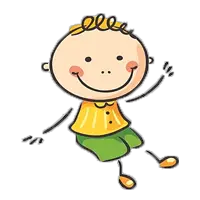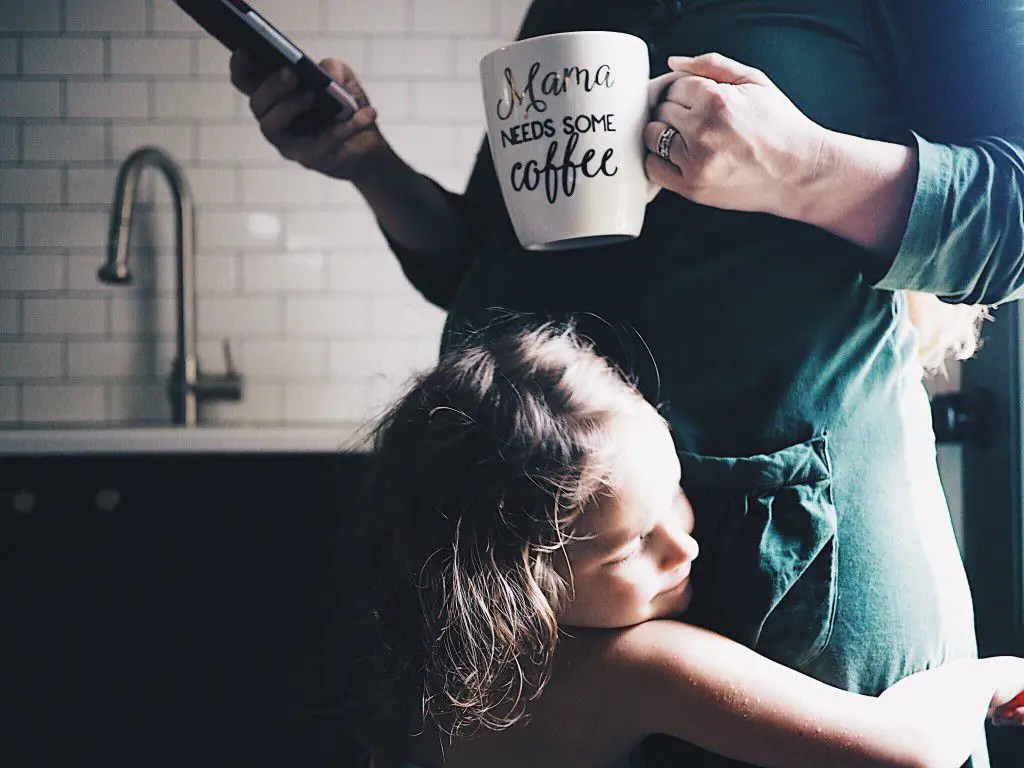


Mommeeeeeee! Baba!
It's the third bottle already today for your two-year-old, and it isn't even lunch time yet. Did you wait too long to take the bottle away? Is she ready to give it up? Will she ever be?
There are so many questions and concerns regarding toddlers, bottles, tooth decay and nutrition. Many pediatricians recommend that you take your baby off of the bottle by 12 months of age. At 12 months, it is nutritionally safe to take a child off of formula or breast milk and put him/her on whole milk (not 2% or less). While many parents have stopped feeding formula or breast milk, their toddlers are still drinking their whole milk from a bottle.
If you feel it's time to help your child let go of the bottle, here are a few tips and ideas to help the transition go as smoothly as possible. Keep in mind that each child is different and some will react strongly while others will barely notice the change. (The cold turkey method assumes that your child is already drinking other liquids from a cup.)
Cold Turkey
In many cases, parents can remove the bottle from a child's life with little or no fuss at all. Perhaps a few crabby days and nothing more. Here are a couple of ideas for removing the bottle cold turkey:
Hint: Plan to do this on garbage day.
+ A few days beforehand, tell your toddler that bottles will be going "bye-bye". Prepare him by reminding him each time he gets a new bottle. "A few more days and bottles are going bye-bye!" Smile and hand him the bottle.
+ The night before, have your toddler help you put all of the bottles into a plastic trash bag. "Bye-bye ba-ba!" Smile. Hug. Reassure your toddler if he appears upset. Put him to bed with one last bottle.
+ The next morning, give your toddler a cup with his favorite juice. You could even be his hero and give him a cookie for breakfast on this special "growing up" day.
+ Just before the garbage truck arrives, head outside with your toddler and the bag of bottles. (If you are still worried about throwing all of the bottles away, keep one hidden completely out of sight, just in case.) Have your toddler help you put the bag on the curb and sit on the step with your little man, his cookie and his juice, and wait for the garbage truck. Wave "bye-bye" to the bottles and the garbage truck. Smile. Hug.
With this method, your child knows that the bottles are gone. He may ask for a bottle several times over the next few days. Smile, be sympathetic, but not pathetic, and say "Baba went bye-bye, remember?" Divert his attention by playing a game, going to the park, reading a story or enjoying a cuddle and tickle session.
Tiring your toddler out is a good idea over these next couple of days. Go to the park, play tag in the yard, play with your family pet, whatever you can do to expend as much energy as possible. Let him stay up later than usual for the next two or three nights until he is used to lying down without his bottle. There may be a little crying, but not much if he's too pooped to peep.
Gradual Weaning
Some children may be more steadfast than others and will require a gradual weaning off of the bottle. Here are some ideas for you to start with:
+ Reduce bottles to only nighttime and/or naptime. During the day, offer your child her milk in a toddler or no-spill sippy cup. If she refuses to drink milk from the cup, add some chocolate syrup and make chocolate milk. There is a wonderful and fun recipe for homemade chocolate syrup here that you can make with your child:
http://www.thefamilycorner.com/family/kids/recipes/2.shtml
+ In the morning or when your child wakes from her nap, do not allow her to take the bottle out of her bed/crib. If she objects, tell her she has to stay in bed to drink her bottle because bottles are only for bedtime. Be consistent. Doing otherwise will only confuse her.
+ Start putting water in the bottle at naptime. Eventually, start doing the same at bedtime, until she is no longer drinking milk from a bottle at all.
Special note: One of the most common causes of ear infections is the build-up of fluid in the ear canal. This is caused by the child lying on her back while the milk from the bottle slowly drips into the child's mouth. The fluid collects while the child sleeps.
+ Start using smaller bottles at nighttime. Use the four-ounce bottles as opposed to the eight-ounce bottles. Eliminate the naptime bottle completely. Again, tire your child out so that falling asleep is as quick and quiet as possible.
+ Eventually you will remove the nighttime bottle. If this is still difficult, try enlarging the hole in the tip of the nipple a little. Not too much, we don't want to gag the child! Enlarging the hole in the nipple will cause the water to drip a little faster, making the comfort of sucking now a task and no longer as enjoyable as it once was.
Remember, each child is different and each will react and respond in a unique way. Some are easier than others, some are more resilient. Here are a few quick tips that you may find helpful to aid you in one of the methods outlined above.
Quick Tips
+ Buy fun and colorful sipper cups, and let your toddler help pick them out.
+ Supplement her diet with cheese, yogurt and other dairy products.
+ Encourage him to drink a sipper cup of milk before bed with dinner, or both.
+ Offer a no-drip sipper cup to satisfy your child's natural need to suckle.
+ Be sure she eats enough, remember she was filling up on milk before!
+ Encourage the use of small straws for drinking with, get the fun curly kind.
+ Give him
a children's vitamin each day.
Note: Please also check your spam or junk email folder.